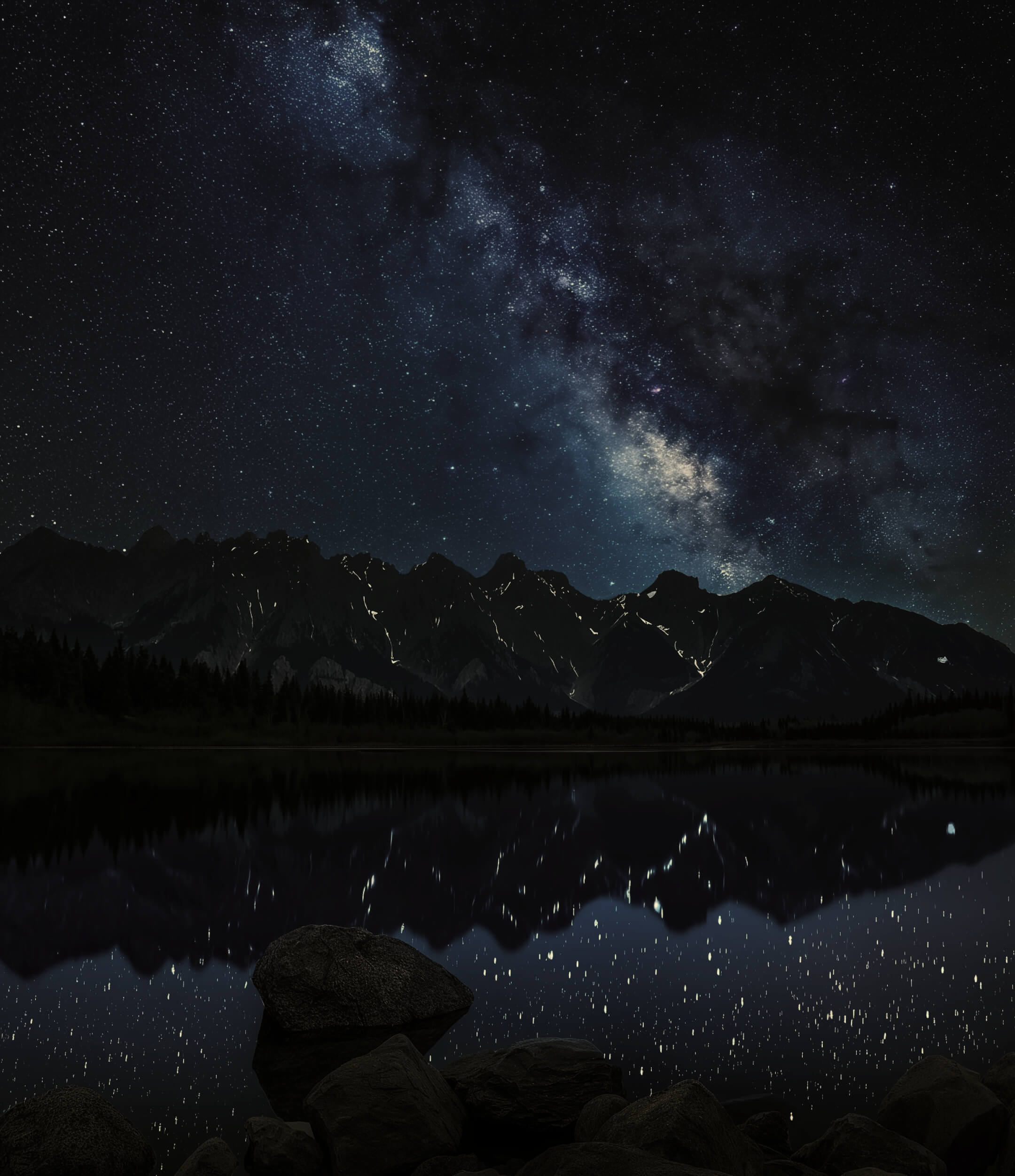New lighting regulation: What are the effects of light pollution on people’s health?


Posteado
Cielos Chile
schedule Wednesday 25 de October
A new lighting regulation will begin to apply throughout the entire country. The regulation seeks to mitigate the effects of excessive artificial lighting, especially blue light, which negatively impacts people’s health and biodiversity.
This Tuesday, the Minister of the Environment, Maisa Rojas, presented the new Lighting Regulation. This regulation updates the previous standard, which aimed to protect the skies of the Antofagasta, Atacama, and Coquimbo regions from light pollution for the development of astronomical activity. The new regulation extends its reach to the entire country and incorporates the protection of biodiversity and human health as objects of protection, in addition to safeguarding the skies.
The new regulation establishes improvements for outdoor lighting such as streets, squares, industries, and stadiums. Along with this, it regulates the operation of advertising signs, which must remain off between midnight and 07:00 AM. Since cold light is the most harmful, the new lighting regulation will promote the transition to the use of warm light, regulate aspects such as the direction of the lights, and set limits on the intensity of the lighting.
“The new lighting regulation, by setting limits on intensity, color temperature, and schedules, will allow for a rational, efficient, and sustainable use of artificial lighting, making compatible –through the good use of light– the care of people and the environment,” highlighted Daniela González, executive director of Fundación Cielos de Chile.
This new regulation also establishes differences between the luminaires installed in special protection areas, which correspond to areas with scientific and research value for astronomy; biodiversity protection areas; and reproduction zones and communes with the greatest impact on species threatened by light pollution, as indicated in the Species Recovery, Conservation, and Management Plan (Plan RECOGE).
“This regulation recognizes the care for people’s health and the protection of biodiversity as factors affected by the sustained increase in light pollution. It also establishes differentiated requirements –especially in the percentage of blue light allowed– for areas that have a special protection degree due to their relevance for astronomy and biodiversity,” explained Daniela González.
The negative impacts of light pollution
In the case of humans, the main harmful effects of overexposure to artificial lighting are related to its impact on circadian cycles, which regulate the functioning of our body in 24-hour cycles marked by day and night. “There is increasing scientific evidence of the effects of exposure to light pollution on people. Numerous studies demonstrate its incidence in pathologies such as obesity, depression, as well as breast cancer and prostate cancer,” warns the executive director of Fundación Cielos de Chile.
Excessive artificial light also has a negative impact on biodiversity. For example, light pollution is the main cause of mortality for the chicks of the storm petrels on the northern coasts of Chile. In their flights between the nests in the desert to the open sea, the petrels become disoriented by the lights of urban areas and fall without being able to resume flight. This is because they confuse the lights with stars or with food sources.
Ecologists have also studied the impact of light pollution on pollinators, which play a crucial role in food cultivation. Many of these insects are active only at night and are guided by the light of the stars and the moon. Studies show that excessive artificial light is contributing to a significant decrease in pollinators to the point that they speak of an “insect apocalypse.”
“Various studies show that light pollution reduces biodiversity because it alters the feeding, reproduction, and migration patterns of some species. This new lighting regulation seeks to reverse these negative impacts in those strategic places for conservation efforts,” concluded the executive director of Fundación Cielos de Chile.

Subscribe to our newsletter
Receive relevant information about the skies of Chile every month
